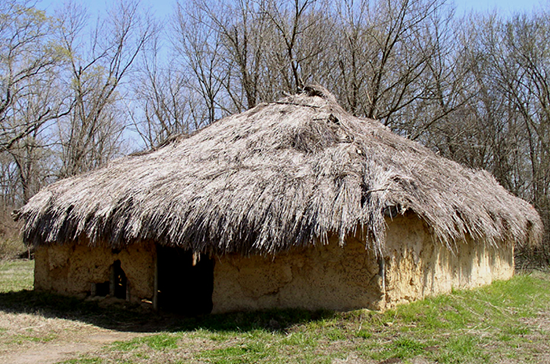Native American Homes
What types of homes did Native Americans build?
Goal:
Goal:
Houses of Native Americans were unique in their design and function depending on where each tribe was located. Read about the different types of homes and what resources were needed to build them. Then think about the region, or area, that had those resources as you try to guess which tribe lived in which settlement.
Teepee
By C.W. Mathers [Public domain], via Wikimedia Commons A teepee (tipi) is a cone-shaped tent made from animal skin wrapped around wooden sticks. Peoples that moved from place to place used teepees because they were easily movable and could be taken down quickly and rebuilt elsewhere. Plank House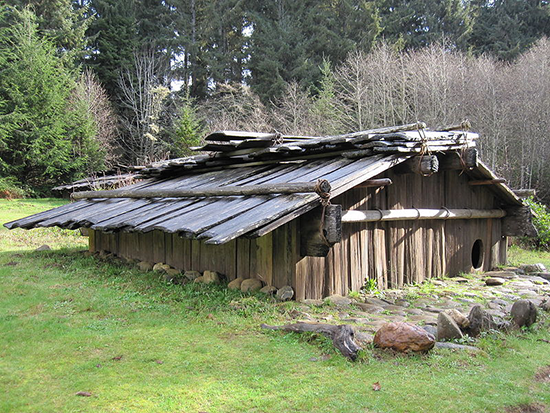
A plank house was made from planks of wood from either cedar or redwood trees. Usually more than one family lived together in these houses. Wigwam
A wigwam was made using poles from trees that were then bent and tied together to form a dome shape at the top. The outside was covered with bark and other natural resources. These were usually small in size. Longhouse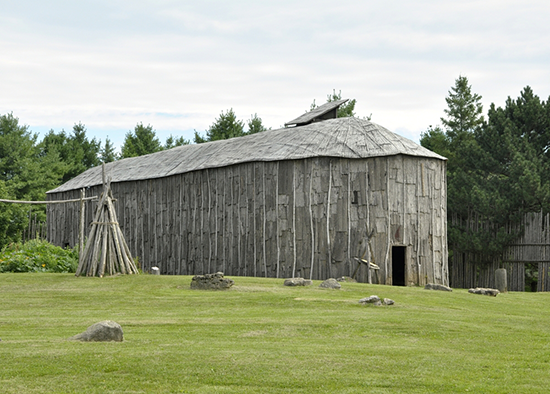
A longhouse was a long, narrow house built using trees and bark, similar to the wigwam. However, these homes were larger, and more people lived together in them. They were also built to be permanent, meaning they could not be moved. Pueblo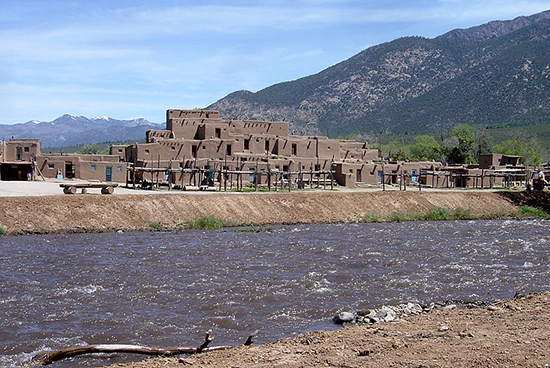
By Bobak (EN.Wikipedia) [CC BY-SA 2.5], via Wikimedia Commons A pueblo, or adobe home, was made from clay, stone, and mud. They were solid structures with flat roofs, and they had wooden ladders on the outside for access to higher levels of the home. These were also permanent homes. Hogan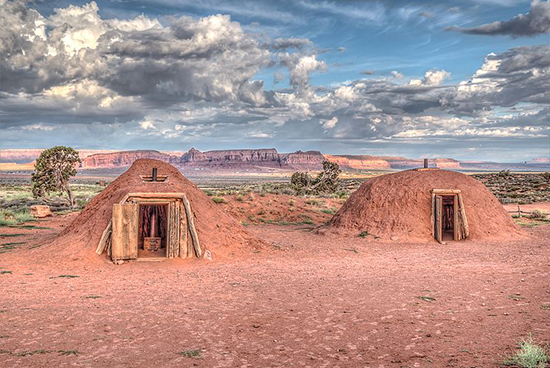
By Dsdugan [CC BY-SA 4.0], from Wikimedia Commons A hogan was a home made from wooden poles. Then clay or mud was mixed with grass and placed on the outside of the house. There was a hole in the roof for the smoke from the fire to escape. Chickee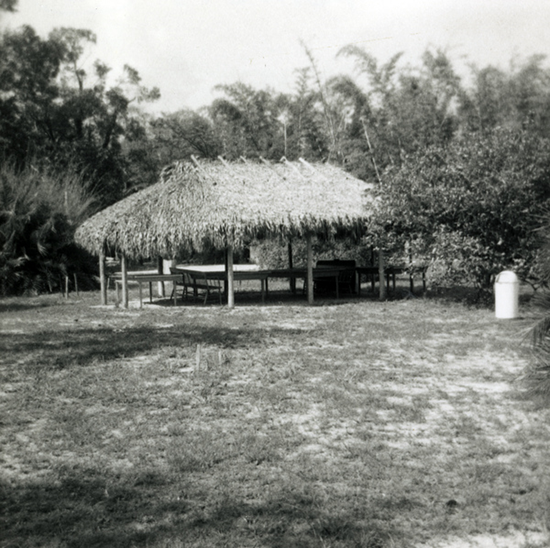
A chickee was a home that had open sides and a covered, thatched roof made of straw or brush. The open sides were designed to help keep people cool during hot weather. Wattle and DaubA wattle and daub was similar to the chickee. In this type of house, the roof was made from straw, but the sides were covered and closed using twigs and clay. |
